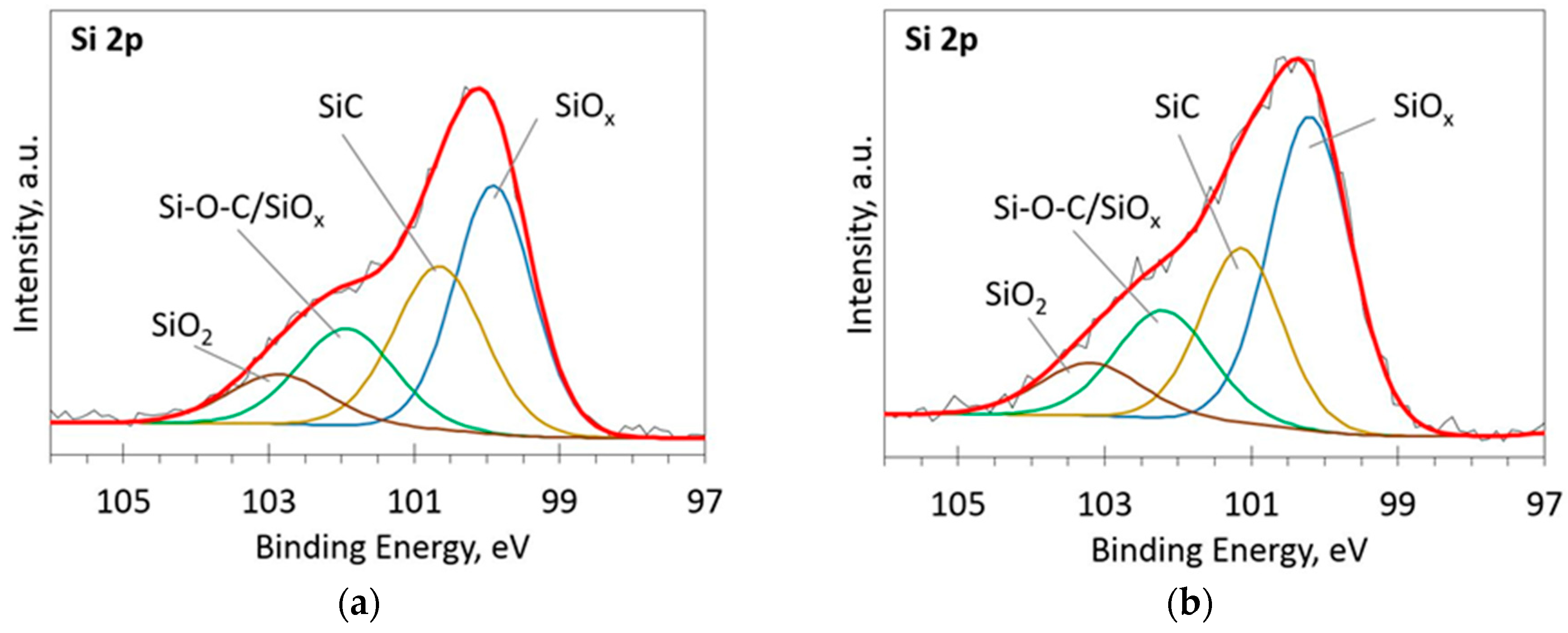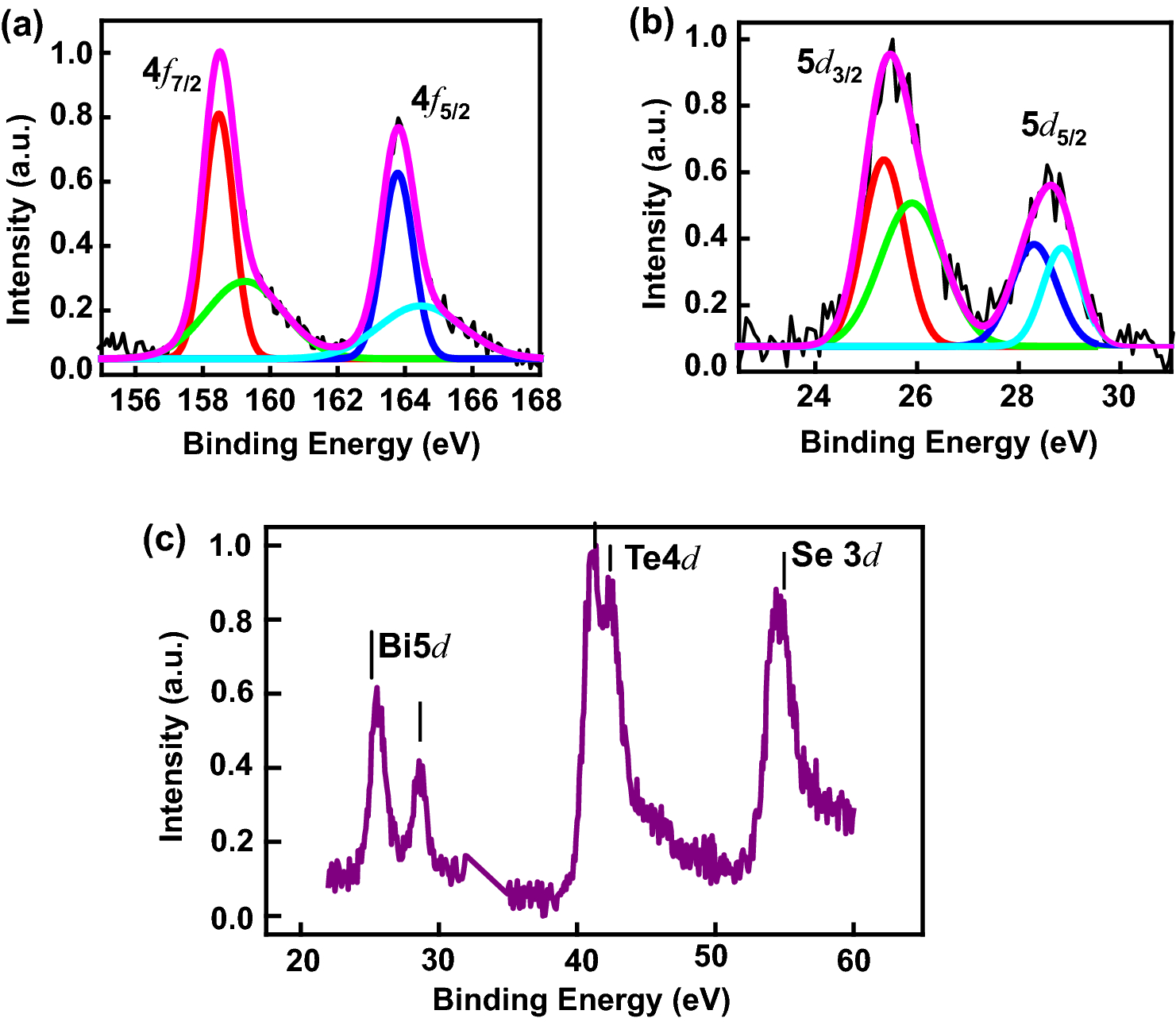

Version 2.0 was released in October 2014 with additional capabilities for specifying specimen nanomorphologies (such as islands, lines, spheres, and layered spheres on surfaces) and with updated data for electron inelastic mean free paths. In addition, a description is given of how SESSA can be called and controlled from an external application. Version 1.3 was released in May 2011 with a new database of non-dipole photoionization cross sections that are necessary in simulations of X-ray photoelectron intensities with X-ray energies higher than a few keV. In addition, an internet SESSA forum has been established for user questions and a new SESSA bug-tracking web page has been established.
#Xps peak data software#
Version 1.2 was released in March 2010 with the following enhancements: an additional and more intuitive format for specifying the composition of a material a new capability to perform simulations with polarized photons the ability to save plots in additional file formats the addition of a chemical-shift database for selected peaks improvements in the peak-management software and incorporation of a faster random number generator. Previously, a user had to go to another screen to perform these operations. Version 1.1 was released in December 2006 with an enhancement to the Model Calculation screen that permits the user to display and save the zero-order partial intensities. Version 1.0 of this database was released in December 2005. A command line interface can also control the software this feature allows users to load sequences of commands that facilitate simulations for similar conditions. Any user who is familiar with a typical AES or XPS spectrometer can perform a retrieval/simulation operation with the SESSA software in a few minutes for a specimen with a given composition and morphology. The modular structure of the user interface closely matches that of the usual control units on a real instrument.

The design of the software allows the user to enter the required information in a reasonably simple way. A simulation module provides an estimate of peak intensities as well as the peak spectra. Retrieval of relevant data is performed by a small expert system that queries the comprehensive databases. SESSA contains physical data needed to perform quantitative interpretation of an AES or XPS spectrum for a specimen of given composition and morphology (differential inverse inelastic mean free paths, total inelastic mean free paths, differential elastic-scattering cross sections, total elastic-scattering cross sections, transport cross sections, photoionization cross sections, photoionization asymmetry parameters, electron-impact ionization cross sections, photoelectron lineshapes, Auger-electron lineshapes, fluorescence yields, and Auger-electron backscattering factors). This database has been designed to facilitate quantitative interpretation of AES and XPS spectra and to improve the accuracy of quantitation in routine analysis. Compositions and dimensions can then be adjusted to find maximum consistency between simulated and measured spectra. Users can specify the compositions and dimensions of each material in the sample structure as well as the measurement configuration, and the simulated spectra can be compared with measured spectra. As for earlier versions, such simulations can be performed for multilayer films. Version 2.2 of SESSA can be used to simulate AES and XPS spectra of nanostructures such as islands, lines, spheres, and layered spheres on surfaces. Sci.NIST Database for the Simulation of Electron Spectra for Surface Analysis (SESSA): Version 2.2 High Resolution XPS of Organic Polymers – The Scienta ESCA 300 Database. Differentiated carbon Auger and D-Value plot for various carbons References By recording the carbon x-ray induced Auger peak and taking the maxima and minima from its differential form (figure 1), then the sp2% may be found.

SP2 carbon ~ 284.0 – 284.5 eV (HOPG typically seen at 284.5 eV )īy far the best way of determining sp2/sp3 ratio is by means of the D-value.

Organic/Polymeric materials (these are average values – See reference ): Typically there will be some C-O and C=O structure associated (286 – 288 eV), however depending no the nature of the material, this is not always a good reference despite its wide use – for example carbide materials or for aluminium, the carbon is typically around 286 eV.In fact the majority of samples exposed to the atmosphere will have a considerable concentration of carbon contamination ~ 2 nm thick.Īdventitious Carbon: 284.8 eV (C-C and C-H bonds). Equally it may be bound to O, S, N, metals in different ratios or be present as a carbide phase.
#Xps peak data full#
Carbon, in its many forms may exhibit full sp2 or sp3 hybridisation, or a combination.


 0 kommentar(er)
0 kommentar(er)
